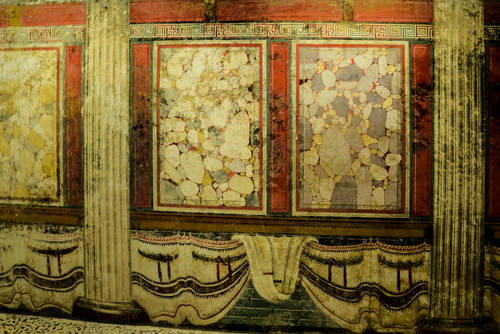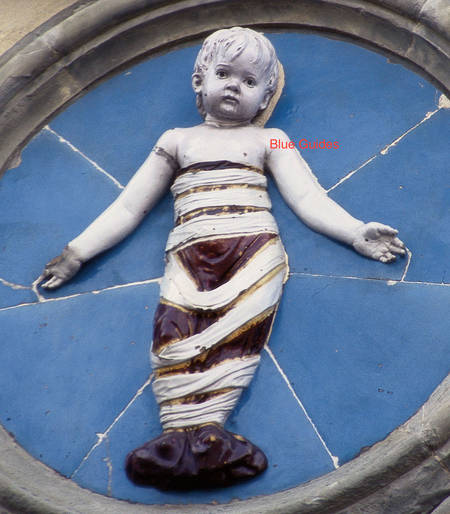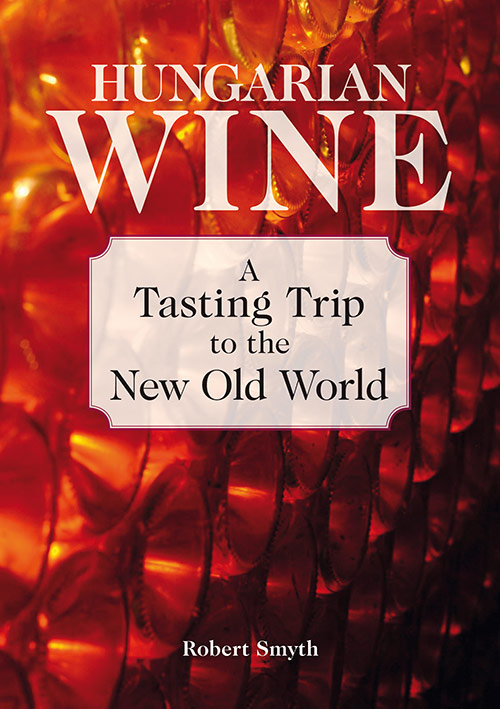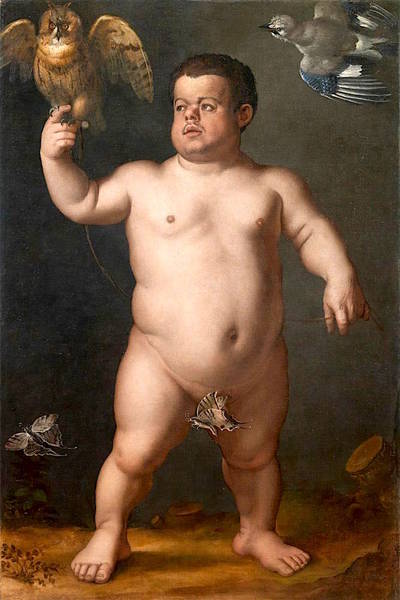At the Second Council of Nicaea in 787, it was made compulsory for all new churches to enclose relics in their altars. The aim was to ensure that no church was founded without a genuine raison d’être. Today, faced with so many literary festivals around the world, the raisons d’être become vitally important in choosing which to go to. This month the Blue Guides sponsored two: Hay Festival Segovia, an offshoot of the original Literary Festival in the original Town of Books, Hay-on-Wye; and the Transylvanian Book Festival.
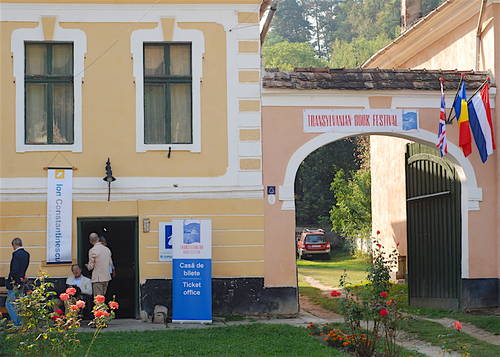
The latter took place deep in the heart of Transylvania, on 8th–11th September. It has impeccable metaphorical relics in its altar: those of Count Dracula. The historical Vlad Țepeș was in fact imprisoned in the citadel of Mediaș, one of the town on the Festival itinerary. Dracula might seem a hackneyed subject for a Transylvanian festival (he was far from the main theme of the event), but Marius-Mircea Crișan, who spoke about him, took a fresh angle on the subject with his ideas on Transylvania as the ideal locus for the horror genre: somewhere far enough away to be unknown yet still close enough to home for a frisson of terror to be felt.
Transylvania is still relatively unknown. Which makes it all the better a setting for a festival. The Transylvanian Book Festival takes a diffuse approach. The main events space is the old Saxon meeting hall in the village of Richiș. Participants are lodged in the village as well as in the neighbouring settlements of Biertan and Copșa Mare and the events themselves were held in Richiș, Mediaș (in its synagogue and Saxon citadel) and Alma Vii (whose citadel has recently been restored by the Mihai Eminescu Trust).
The Festival programme is diffuse as well. Its founder is Lucy Abel Smith (author of the recent Blue Guide to the region) and she put together a clever mix of history, travelogue, biography, fiction and poetry (for the full programme, see here). Interspersed among the bookish talk were delightful interludes of music and film. Dragoș Lumpan presented a preview of his forthcoming documentary on transhumance, the age-old practice of moving livestock on foot between summer and winter pastures. Benjy Fox-Rosen gave a recital of Yiddish music in the old synagogue of Mediaș, which for some was the highlight of the Festival.
The natural world also played an important part. The landscape of this region is broad and sweeping, made up of expanses of field, grassland, scrub and forest, and because historically this was not a feudal society, there are no enclosures. It is this, in the opinion of another of the speakers, the naturalist Bob Gibbons, that makes the area so exceptionally rich in wildlife.
Transylvania is a place that has had many identities in the course of its history and many peoples have called it home. What makes it such an exceptional place to visit is the inherited complexity of all of that, as well as the powerful sense of a destiny in the balance. Where will it go next? One of the most popular talks at the recent Festival was Bernard Wasserstein’s on the life and multiple identities of Trebitsch Lincoln, born into an Orthodox Jewish family in Hungary, who went on to become successively a Presbyterian missionary, Anglican curate, Liberal MP, Buddhist monk and Nazi agent. That’s quite a trajectory.







